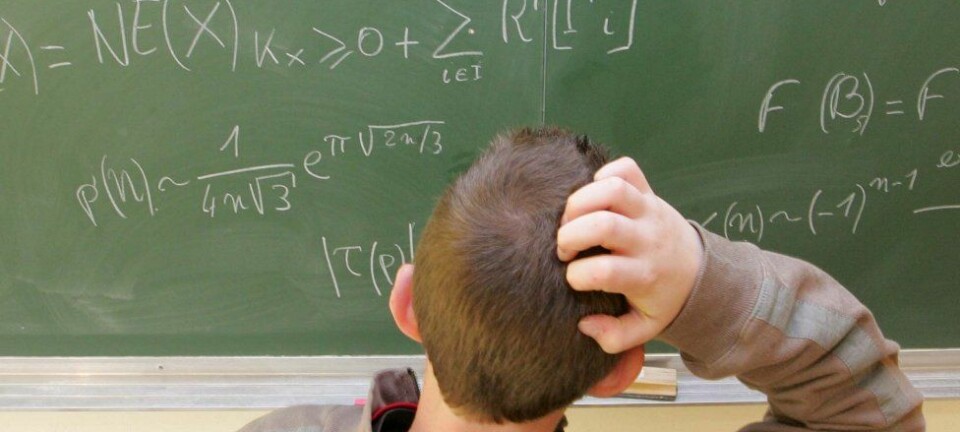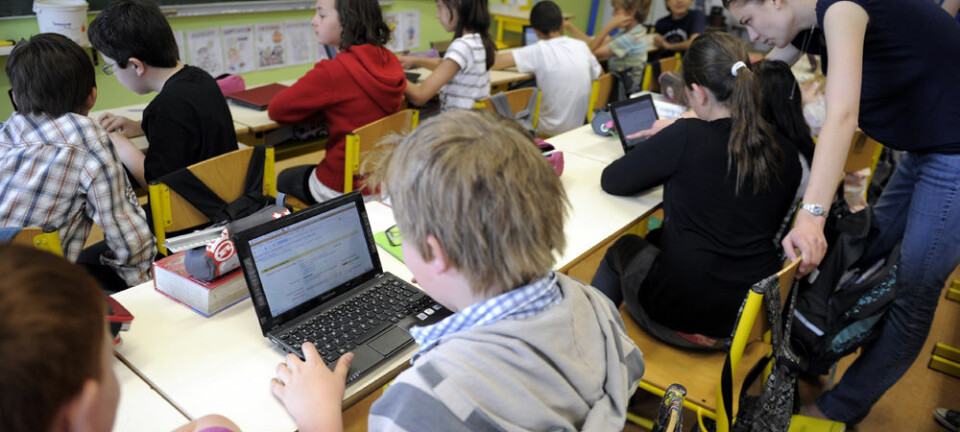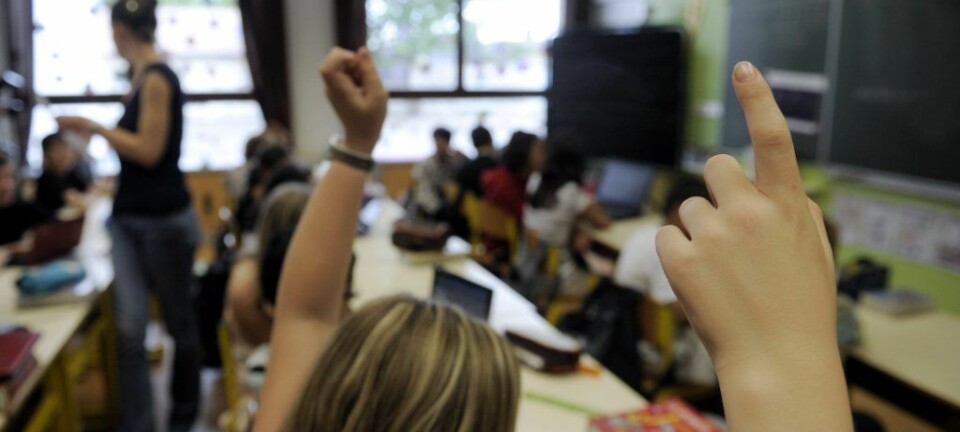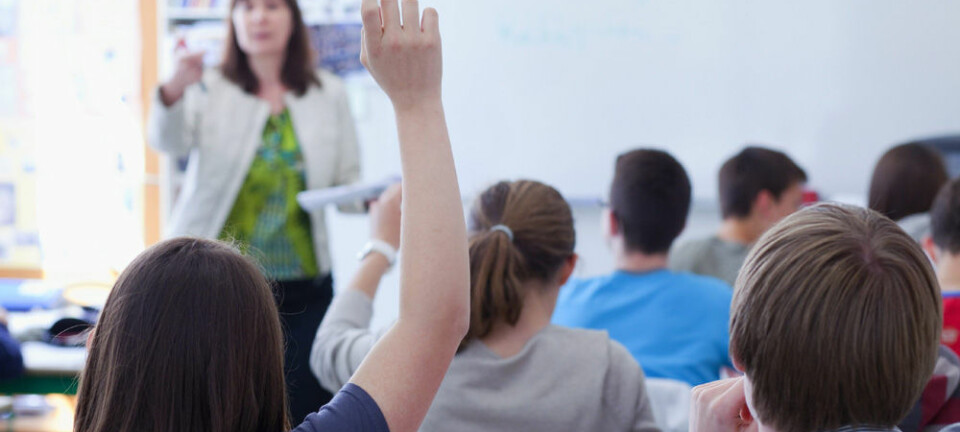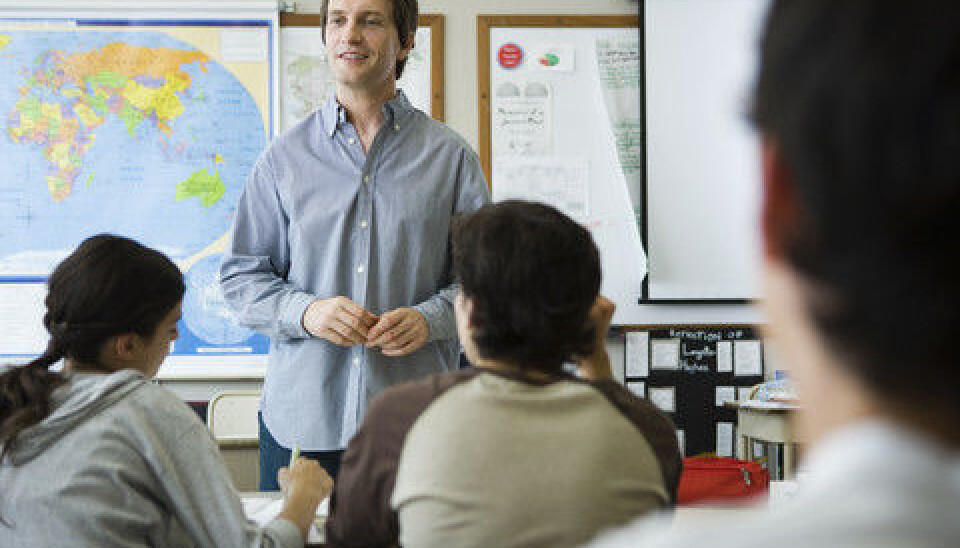
Public employees slow down school reform
Implementation of the latest school reform in Norway is sluggish in municipalities with many public employees. Firing some of them might speed things up.
Denne artikkelen er over ti år gammel og kan inneholde utdatert informasjon.
The 'Knowledge Promotion' is the latest education reform in Norway. It introduces changes in academic substance and organisation of all public primary and secondary schools.
The reform took effect in 2006.
A recently published study by Hans Bonesrønning of the Norwegian University of Science and Technology shows that three years later, in 2009, some two-thirds of schools have yet to implement important parts of the reform.
“Implementing reforms of this kind is a long process,” says Bonesrønning.
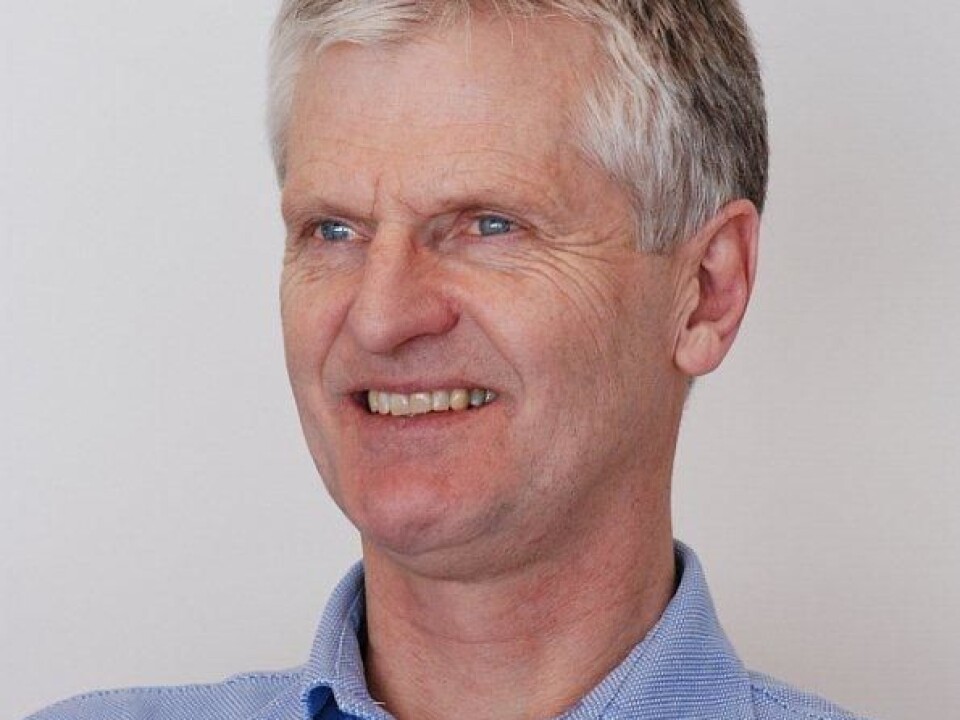
“The Norwegian municipalities are not given any deadlines and it’s an implicit assumption that they will do the job.”
But in many cases, they don’t.
Too many public employees?
Bonesrønning found that in municipalities with many public employees, the educational reform was less likely to be fully implemented.
The delay might be a consequence of their opposition.
“It seems to be a causal link between municipalities with many employees and sluggishness with reform implementation. Fewer public employees will fast-track such processes,” says the researcher.
He suggests that a merging of municipalities, which will decrease the number of public employees, is a possible solution.
Teachers are the main suspects
Bonesrønning writes that the main suspects of holding back the educational reform are school teachers, as adjusting to the changes brought about by the reform involves more work for them.
The original reform text states that it will put “great demands” on teachers, particularly on their “academic, didactic and pedagogical skills".
Teachers will have to change their educational practices and invest time on altered curriculums, fresh learning outcome goals, and on adapting to how their school is organised.
Bonesrønning states that teachers are in a strong position to hinder reform implementation.
This is partly because other public sector employees might be sympathetic to the teachers' situation or because they dislike the reform for their own reasons.
Teachers and their 'allies' are often involved in local politics. In elections they vote for their own employers, and their strong participation influences which local policies are prioritised.
“The poor state of Norwegian schools”
In 2003, the international student assessment test PISA showed that Norwegian student performance was below the OECD average in math and science subjects, and average in reading skills.
Former Minister of Education and Research Kristin Clemet, said in 2004 that the PISA results confirmed “the poor state of Norwegian schools”, and that an education reform would be necessary.
In the latest PISA results from 2009, Norwegian student scores show a slight improvement. Another test is scheduled later this year.
Large investments - modest returns
Norway spends huge amounts of taxpayer money on students.
The country’s public expenditure on education is the fourth-highest among OECD countries. But when Norwegian students are compared to their OECD colleagues, it becomes clear that Norway only gets modest returns on its investments.
“Norwegian students are a little below average on international school tests such as PISA, but in education spending we’re at the top,” says Bonesrønning.
One result of the big spending on education is a high student-teacher ratio in Norwegian schools.
But several studies have shown that this does not necessarily mean better student performance.
A full evaluation of the Knowledge Promotion education reform is due this summer.







